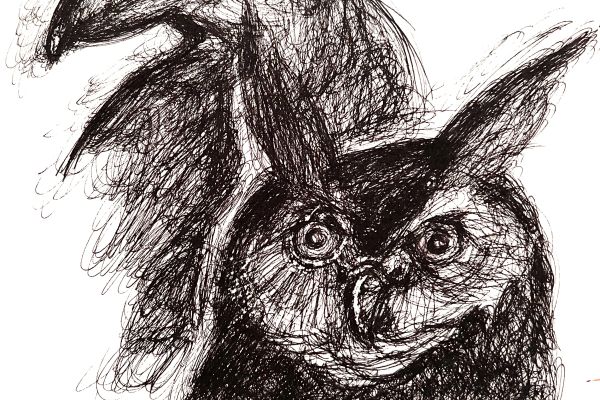
Neurodiversity
Neurodiversity refers to the idea that neurological differences, such as those seen in autism or ADHD, reflect normal variations in brain development. Neurodiversity is often contrasted with the “medical model,” which views conditions like autism or ADHD as disorders to prevent, treat, or cure. There has been a push to move away from this idea of pathology and more toward a more nuanced perspective with variations of what is “normal.”
The word neurodiversity—a portmanteau of “neurological” and “diversity”—was first coined in the 1990s by Australian social scientist Judy Singer, who is herself on the autism spectrum. It has gained significant ground in recent years, particularly among advocacy communities. The term originally referred most commonly to autism but has since come to include ADHD, dyslexia, Tourette's, synesthesia, as well as other learning and developmental differences.
The neurodiversity paradigm suggests that, because neurological differences are normal and have existed throughout human history, they should be respected, understood, and supported, rather than pathologized or viewed as disordered. There is nothing to cure. Modifying the environment of a neurodiverse individual, reducing stigma, and prioritizing each person’s inherent dignity will, proponents argue, allow for such individuals to discover innate talents and thrive within a diverse society.
Parents of children with severe autism argue that portraying the autism spectrum as just “different” minimizes the challenges that many autistic individuals and their caretakers face. They point out that those with extreme neurological differences are simply not capable of caring for themselves. The opposing argument says that neurodiversity can help the severely autistic, not hurt them. They propose that seeing severely affected individuals from a traditional medical perspective hurts everyone.
The neurodiversity paradigm has generated controversy, particularly in the autism community. Proponents of neurodiversity—many of whom have high-functioning autism or a similar difference—argue that the traditional medical model dehumanizes people with neurological differences and strips them of the ability to determine their own best interests. However, disagreement has been voiced particularly by parents of children with low-functioning or severe autism as well as related conditions. Parents feel that their children suffer from being marginalized and that their needs are left unheard.
High-functioning Asperger's syndrome and low-functioning autism disorder have been removed from the DSM, which now lists only one category, autism spectrum disorder. However, the gap between high-functioning and low-functioning can be wide. Some experts, including researcher Simon Baron-Cohen, argue that a middle ground could be reached between the two views, with better explanations of what constitutes different and disabled, and what it means to have a “normal” brain.

In one study of child prodigies, researchers found that these children scored high in autistic traits. For example, their attention to detail was on the obsessive end, which is a hallmark of the autism spectrum. The Austrian pediatrician and medical theorist Hans Asperger—after whom the syndrome was named—even referred to children with precocious aptitude as "little professors.”
Some neurodiverse individuals have keen memory and recall, others are prodigious at math. These savants are often hyper-focused on details and may have a specialized interest. One example is Rubik’s cube speed solver Max Park, who was diagnosed at a young age with autism. He is a world champion who set world records solving the puzzle, even with just one hand.
The term Rain Man is a derogatory term that identifies a mentally and, or, socially impaired individual; it’s also a term that often refers to autistic individuals. The term was highlighted in the 1988 film of the same name. The story was based on the life of Kim Peek, who was considered a megasavant but was not known to be autistic. He had a prodigious memory even at the early age of 16 months. In later years, he was able to read an entire book in an hour and retain the information in it. He could also read the left page of a book with his left eye, as well as the right page with his right eye. Peek was thought to have FG syndrome, whereby one or more recessive genes are located on the X chromosome.
People in this community may have genius IQ scores, yet unemployment or underemployment among them has been high—even chronically high. However, some companies are waking up to the value of employing neurodiverse individuals. These people are seen as useful in areas including data, IT, software design, car design, product-testing, and other skilled fields.
To increase the diversity of its workforce, Microsoft developed a hiring program geared solely toward those on the spectrum—people who would never make it through a standard phone interview. Some of the roles filled at Microsoft include software engineer, lab engineer, data analyst, and data scientist. The company has hired more than 100 people on the spectrum. In Germany, the technology company SAP moved on an initiative to hire hundreds of individuals on the spectrum as software engineers and product-testers. Other companies that hire the neurodiverse include Goldman Sachs, JPMorgan Chase, Dell, among others. With big corporations taking this lead, perhaps smaller organizations will follow.














